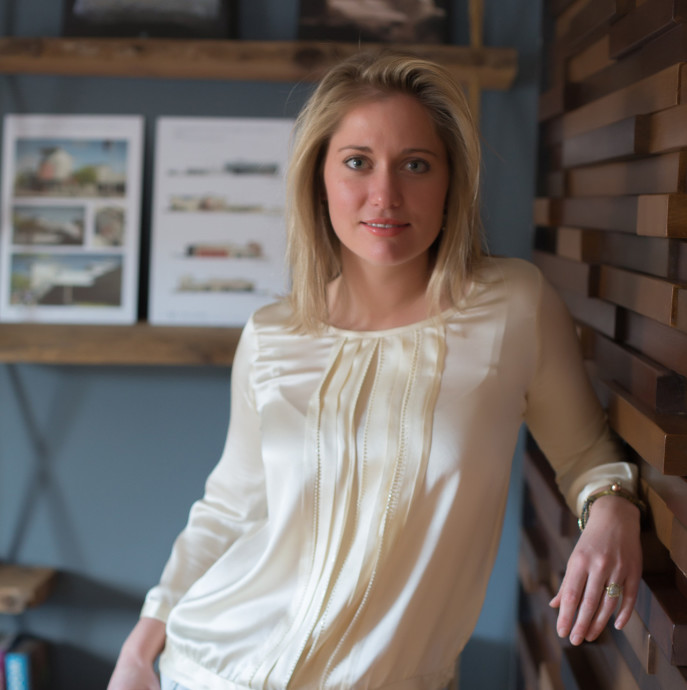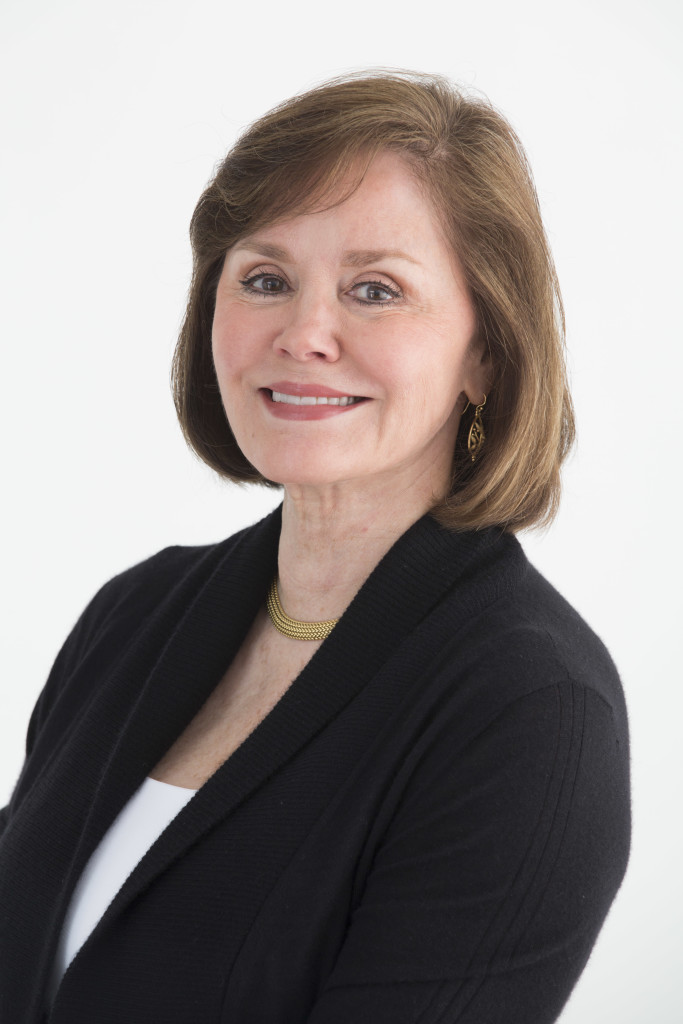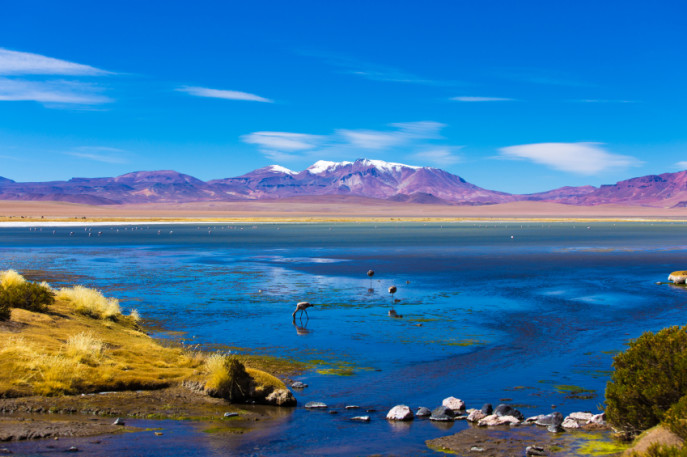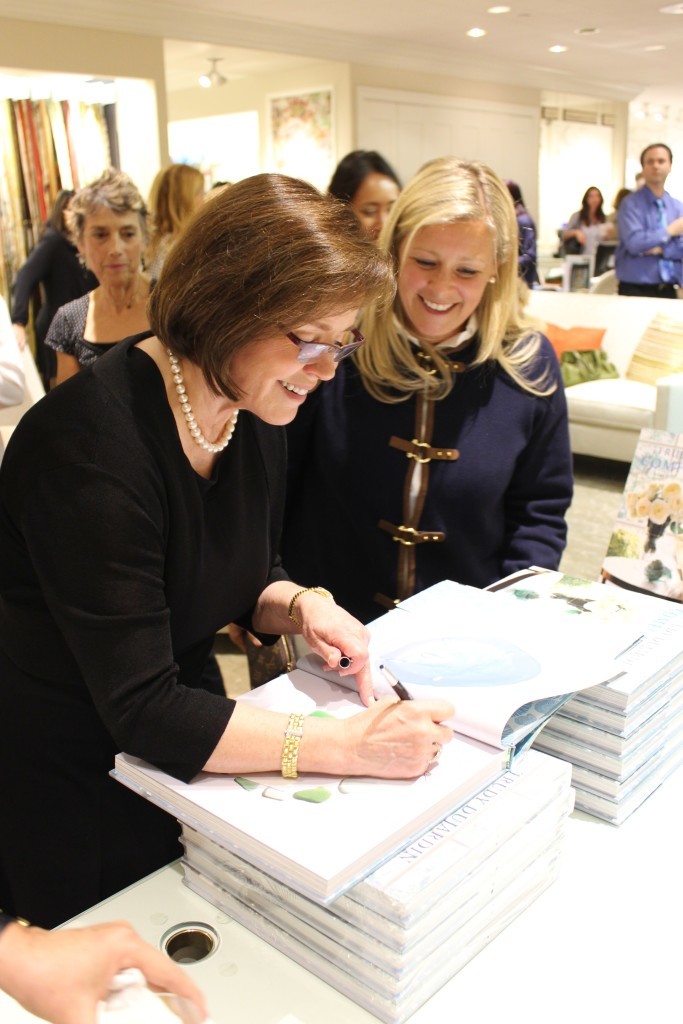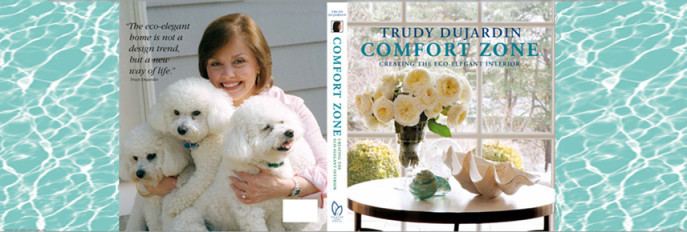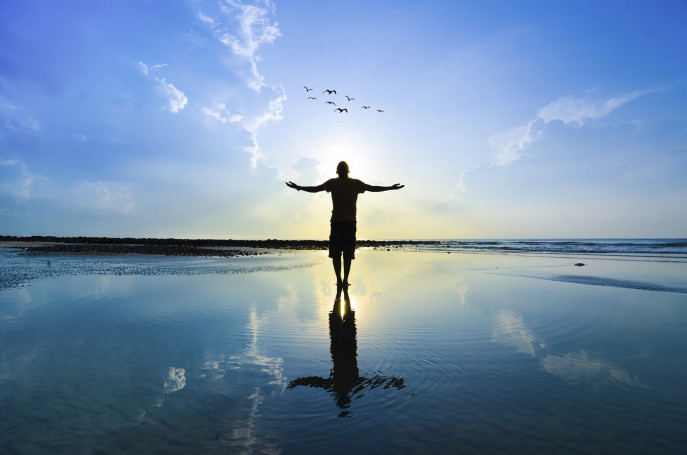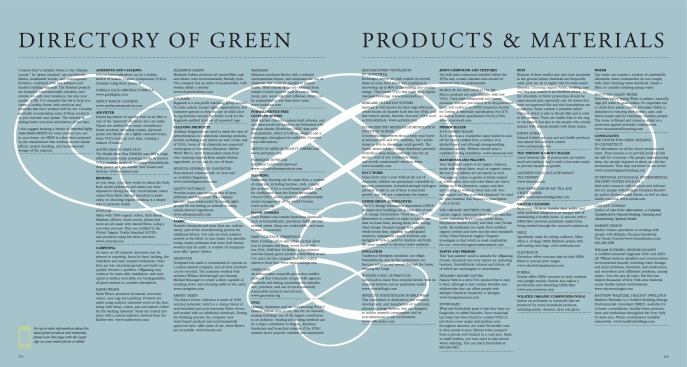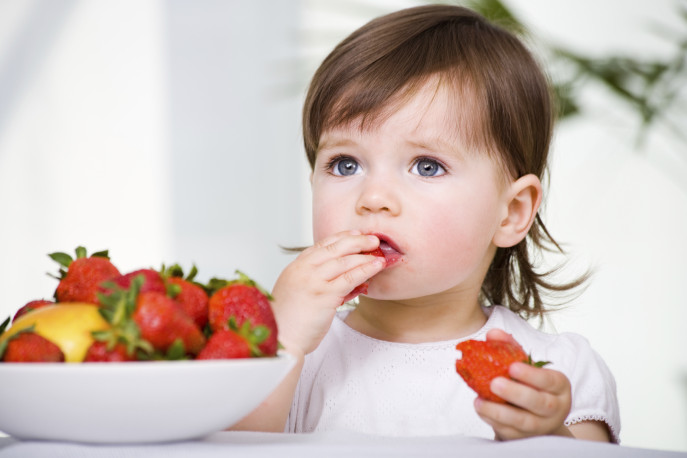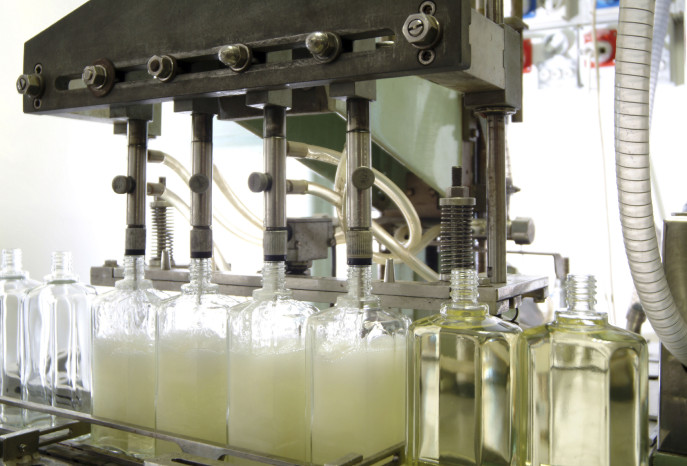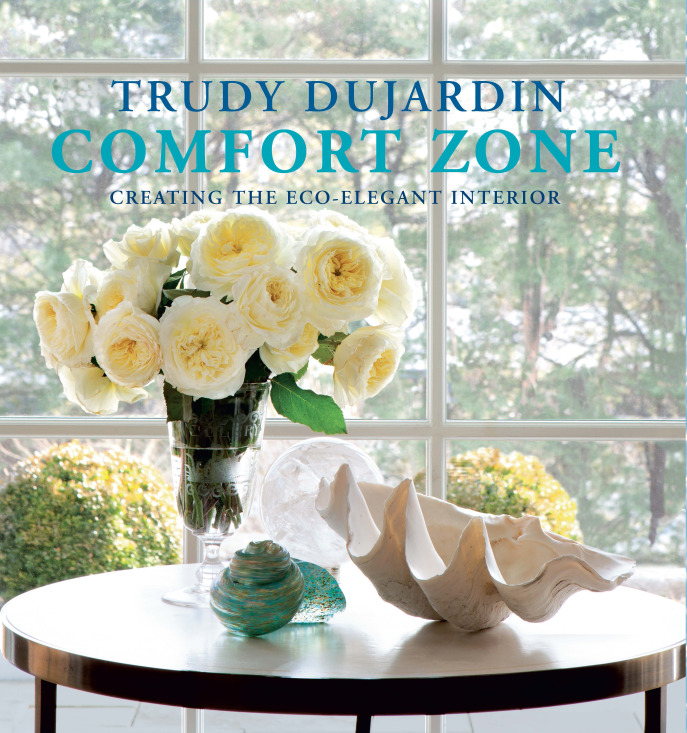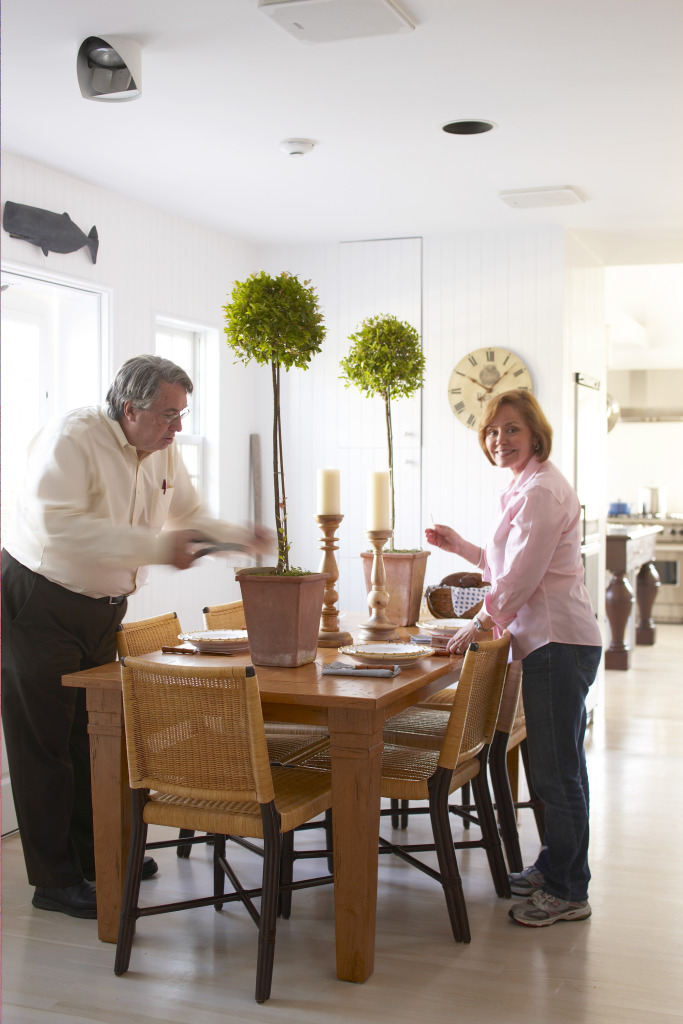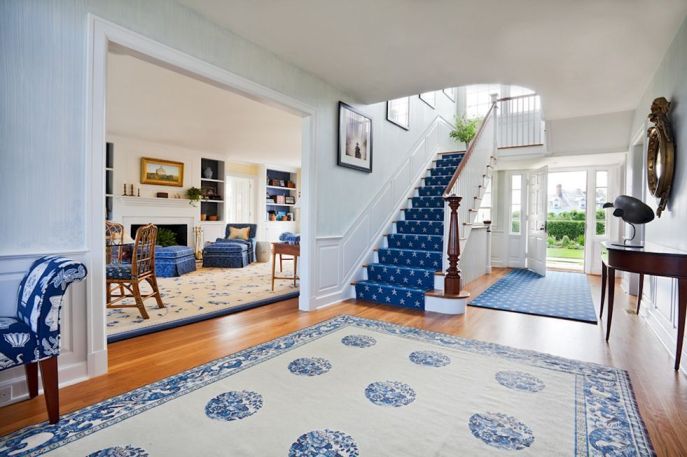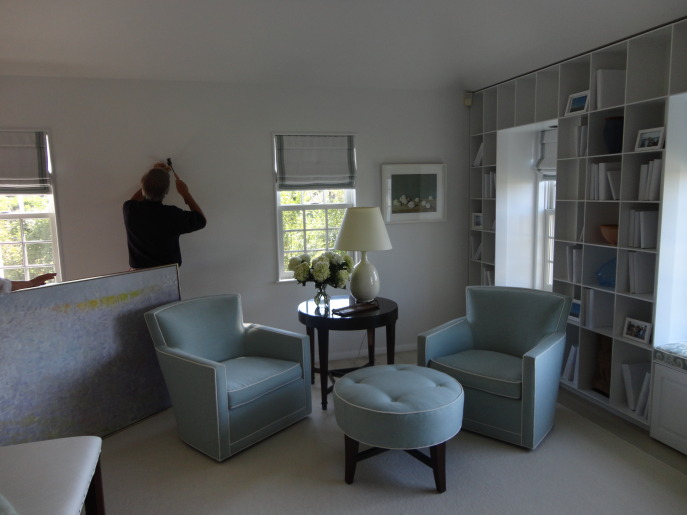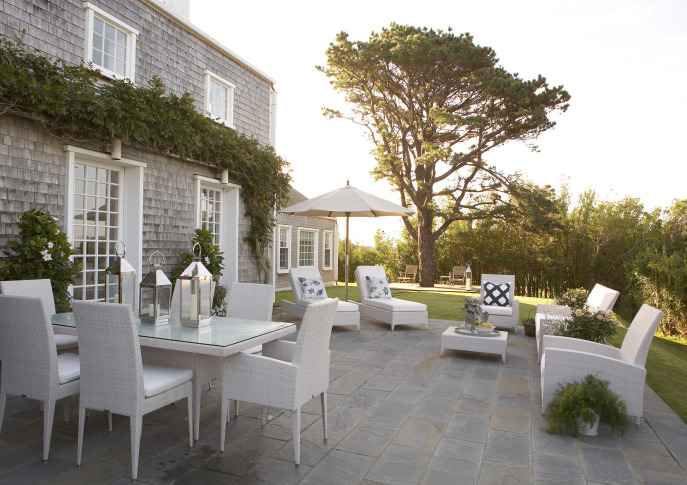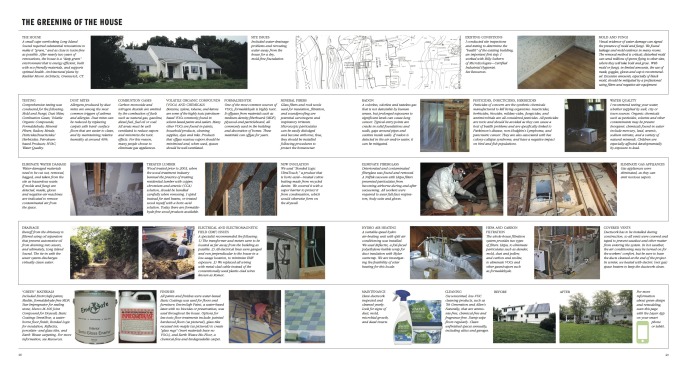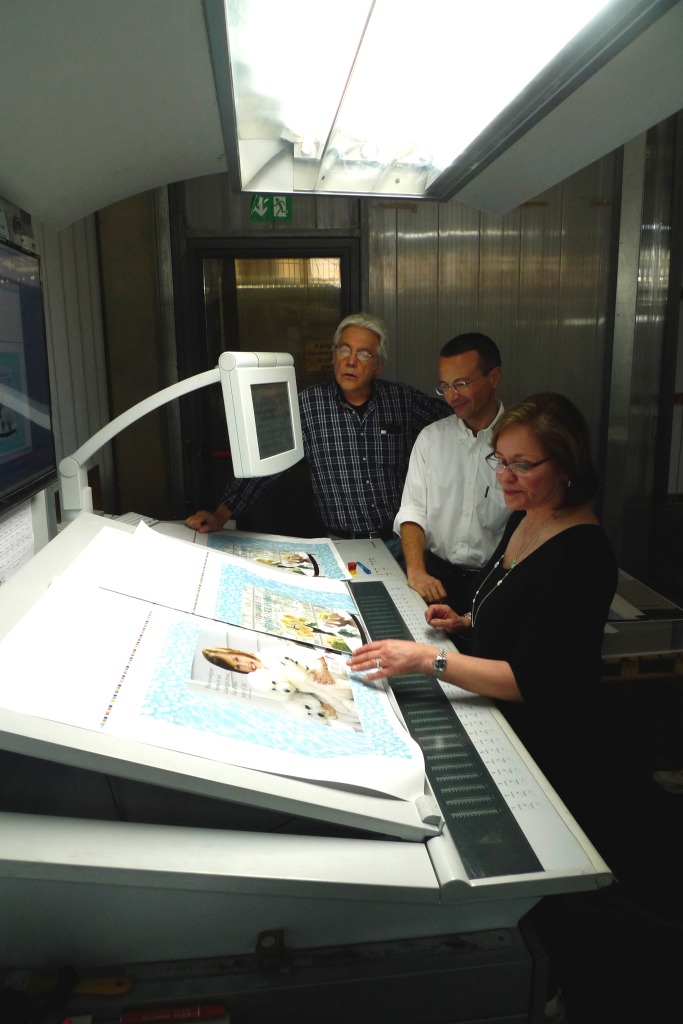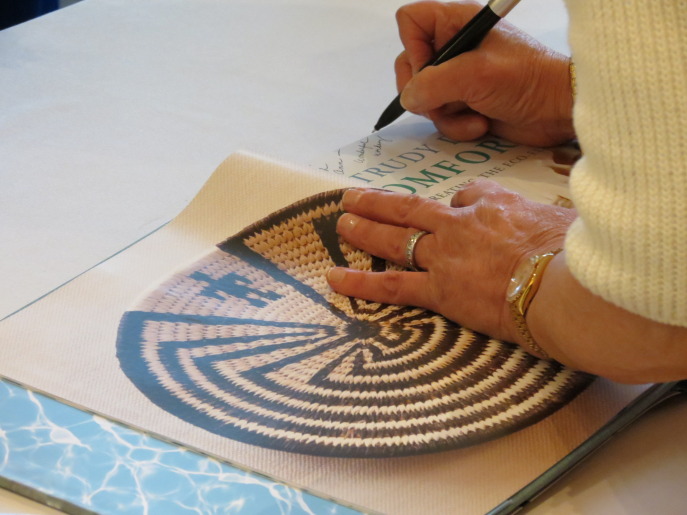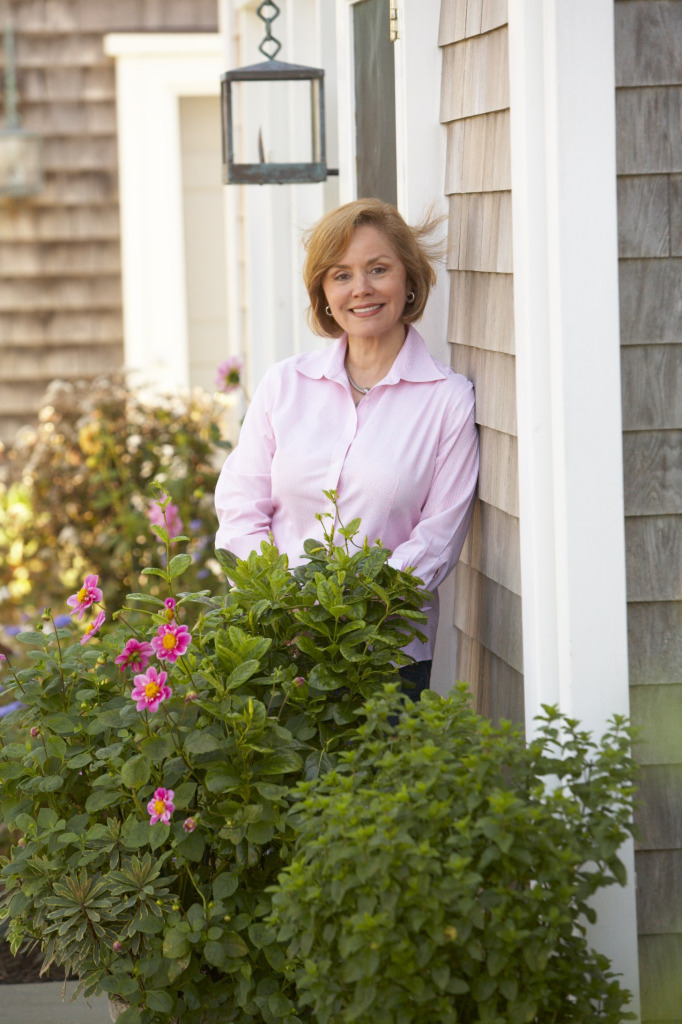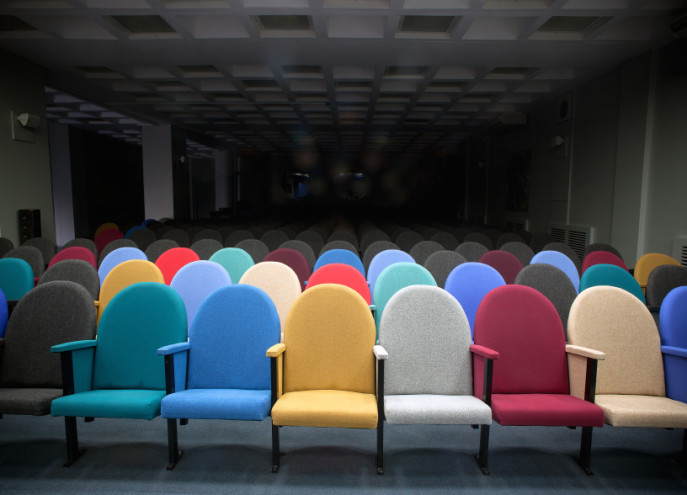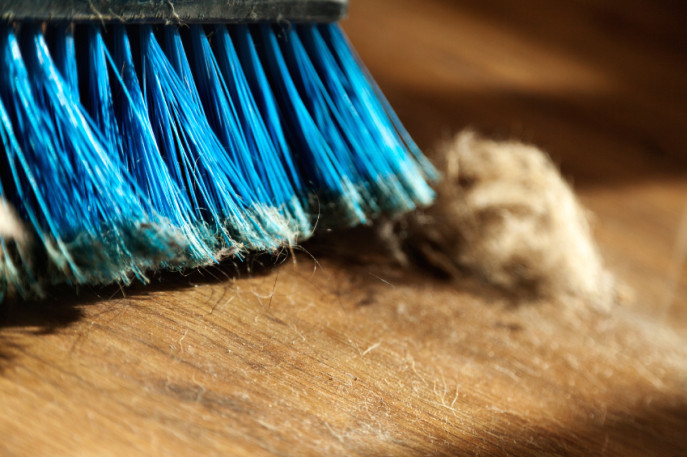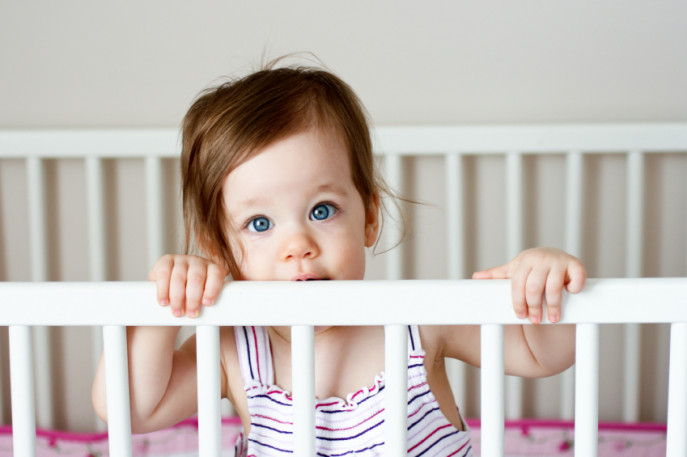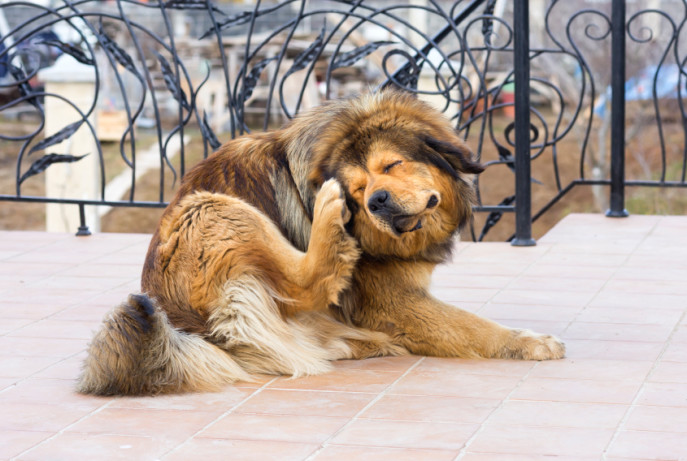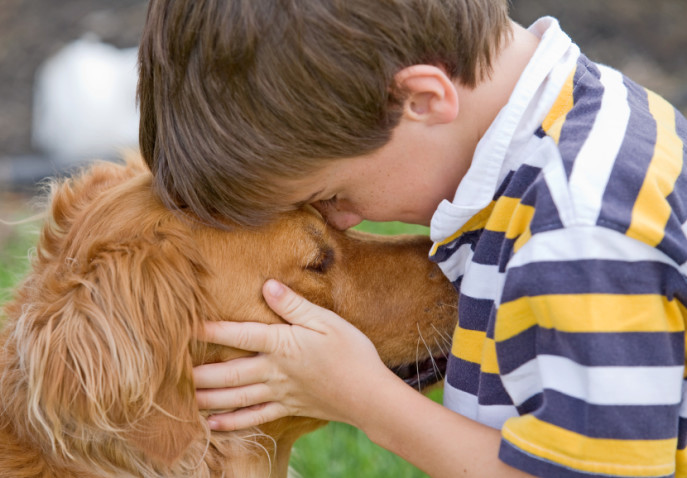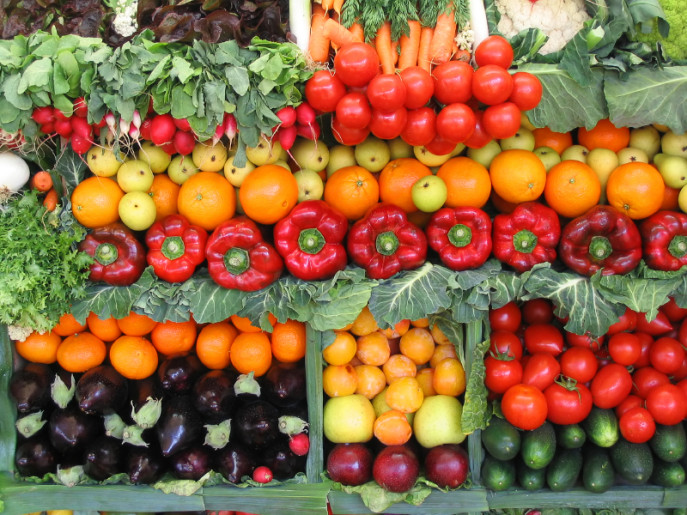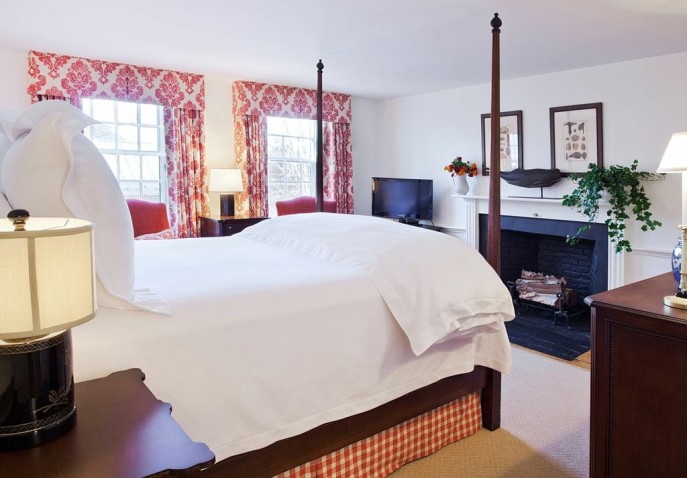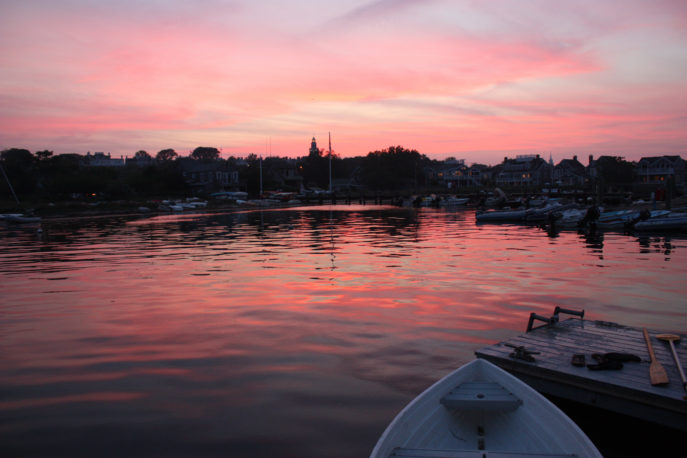
I have always loved the sea. The ocean is a source of peace and strength for me. The beauty of its waves, beaches, animals and plants has been my design inspiration for years. My love for our oceans is part of my passion for creating homes that support our health and well-being, and that respect the fragile ecosystem around us.

My eco-elegant color palette often includes the infinite blues of sea and sky, the velvety greys of the fog, the bleached white of seashells, the sandy beige of the beaches, and the soft greens of pine trees and bayberries for island or coastal homes.

No wonder, then, that when I learned about the organization Sailors for the Sea, I knew I had to support their work, and share their message. A new friend who serves on their Board of Directors, Vin Cipolla, introduced me to Sailors for the Sea, explaining that their mission is to unite boaters to save the ocean. According to scientists and environmental groups, our oceans are in trouble:
The 8 million tons of plastic waste that enters the ocean each year? That’s the equivalent of about 1.5 million cars. While battling these problems is a formidable task, Sailors for the Sea refuses to be daunted by the challenge. Through four primary programs, Sailors for the Sea is working to reverse the tide of destruction.

The Clean Regatta Program unites sailors by offering support and resources to protect and conserve the ocean. Regatta organizers are equipped with a sustainability plan to reduce the environmental impact of their event. A “green team” is assembled to plan sustainable initiatives. The number of best practices followed determines a regatta’s certification level.
Kids Environmental Lesson Plans help children understand the oceans’ influence on them, and their influence on the ocean. The goal is to help today’s children become empowered as tomorrow’s ocean stewards. Lesson plans include topics such as Catching Fish; Beaches, Bays and Rivers; Living Underwater; and Aquatic Animals. The KELP program wants children to know and love the ocean before we ask them to save it.
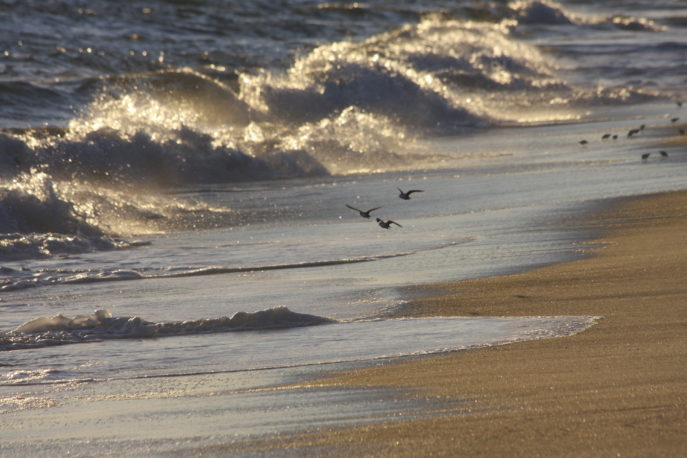
Ocean Watch is a resource where dozens of informative articles on topics such as ocean wind power, boat disposal, the loss of Lion fish, and how to save turtles are made available to the public. Knowledge is power!
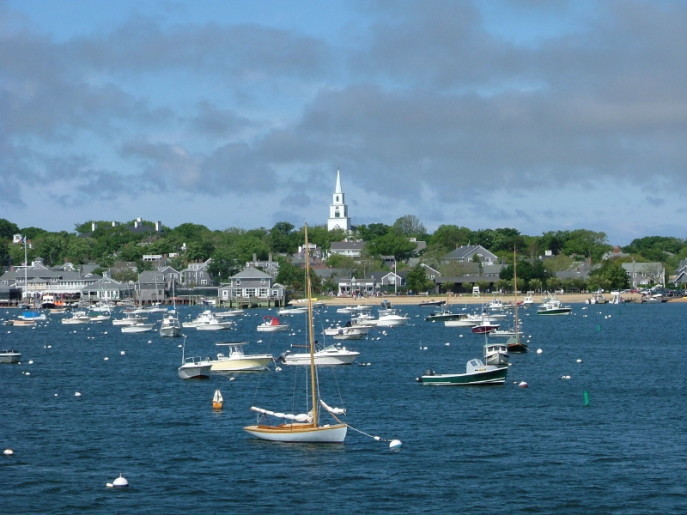
Sailors for the Sea provides a free, downloadable guide for boaters, filled with critical information for everyone from the smallest boaters to the largest mega-yachts. Topics include: Pollution Prevention, Reducing Your Impact, Eco-Friendly Products, Greening Your Getaway, Wildlife and Habitat Protection, and Boat Maintenance. As someone famous once said, “When we know better, we do better.”
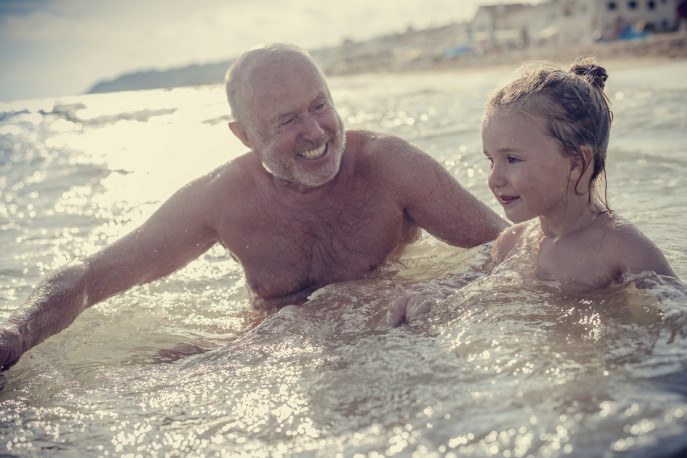
There are all kinds of ways to get involved and support Sailors for the Sea. My husband, Frank, and I have contributed as Ocean Guardians. Our participation with this wonderful organization is part of our commitment to give back to the ocean communities that sustain us, and that we love.
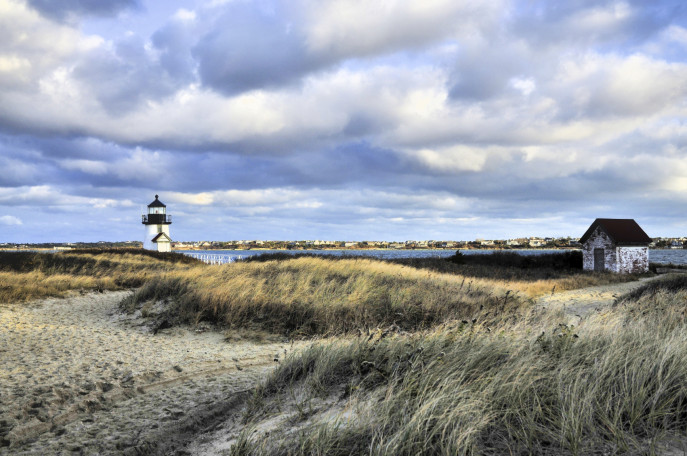
The American naturalist Henry Beston once said that “The three great elemental sounds in nature are the sound of rain, the sound of wind in a primeval wood, and the sound of outer ocean on a beach.” Sailor for the Sea’s wish–and mine–is that everyone who hears the sound of the ocean may one day be assured that the water rushing to shore is clean, and remains a rich environment for all the wild things under and around its waves.
I hope you’ll join the more than 1.3 million people engaged with Sailors for the Sea. And “be the change you want to sea.”
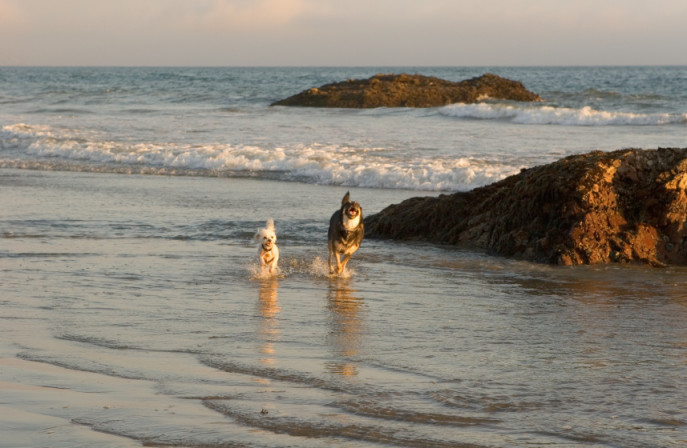





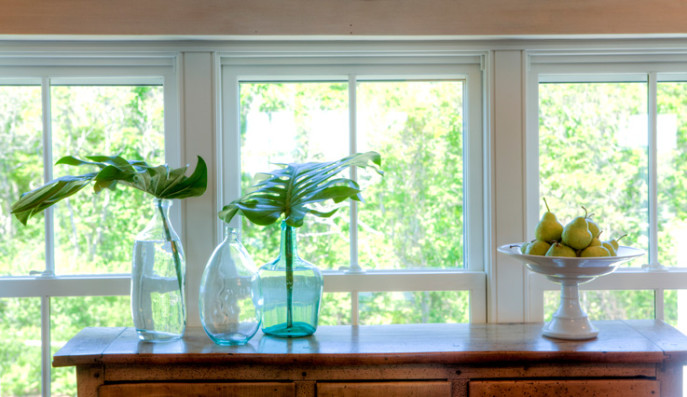


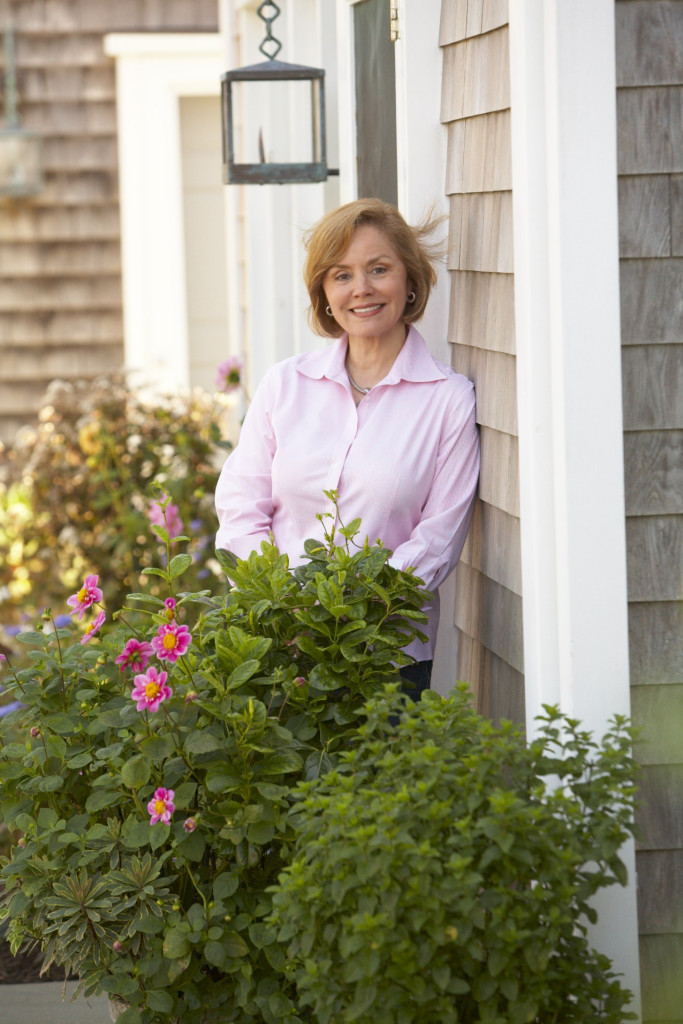
![Gulls on the side of the Seine [url=http://www.istockphoto.com/file_search.php?action=file&lightboxID=4328606][img]http://www.erichood.net/paris.jpg[/img][/url]](https://dujardindesign.com/wp-content/uploads/paris-river-seine-seagulls-687x457.jpg)
